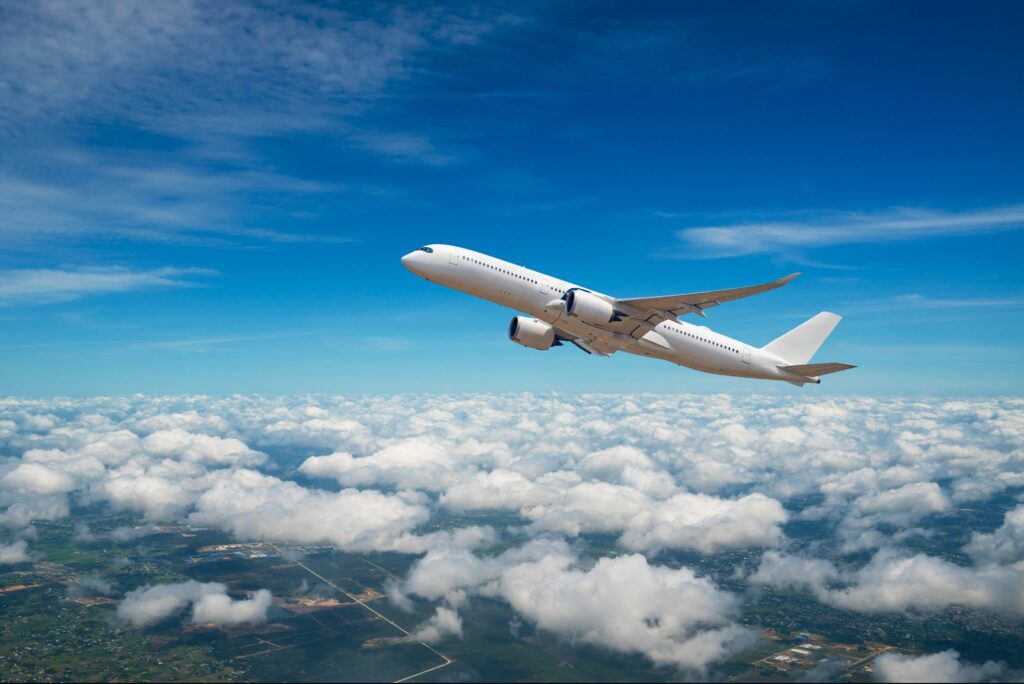Newsmatro

Global – Recent incidents at airports have highlighted the importance of maintaining order in the face of growing travel challenges. While airports aim to ensure efficient passenger flow, incidents such as line-cutting and confrontations among travelers have raised concerns about etiquette and the need for smoother processes.
During one incident at Chicago O’Hare Airport, travelers at a luggage carousel engaged in physical altercations, an event captured on video. Such occurrences have marred what is expected to be a busy summer travel season.
As airport lines continue to grow, travelers encounter queues at various stages, including check-in, security, boarding, customs, and luggage claim. Even passengers with premium privileges may find themselves waiting in line. Amid this backdrop, it’s essential to understand the rules and etiquette governing airport lines.
Handling Line-Cutting:
Diane Gottsman, an etiquette expert running the Protocol School of Texas, suggests a calm approach when dealing with line-cutters. She recommends politely informing them of the line’s starting point. However, confrontations should be avoided, as aggressive behavior can escalate tensions.
It’s essential to distinguish between line-cutters and individuals holding places for companions, as these scenarios differ. Line-cutters are often aggressive and pushy, while companions holding spaces are generally considerate.
Etiquette expert Nick Leighton describes deliberate line-cutters as individuals who exploit the kindness of strangers due to inadequate planning. He emphasizes that such behavior disrupts societal norms.
Cutting the Line: When is it Acceptable?
Etiquette consultant Jodi RR Smith notes that while cutting in line is generally unacceptable, making a polite request accompanied by a reason can be considered. For instance, travelers may inquire if they can join a line due to an imminent flight closure.
In some cases, appealing to officials, such as gate agents or airport staff, for assistance can be an option. These authorities may have the discretion to allow travelers to move ahead without causing resentment among fellow passengers.
Switching Lines:
Andre Robles, Managing Director at Voyagers Travel Company, states that it is generally acceptable to switch lines when one is moving faster, particularly in situations with multiple lines leading to the same destination, such as security checkpoints. Politeness, courtesy, and communication are key when making such switches.
Holding Places in Line:
Jan Luescher, CEO of ASMALLWORLD, believes it’s acceptable for a member of a travel party to hold a place in line temporarily while others address urgent needs like meals or restroom breaks. However, travelers must ensure they are far back enough to avoid inconveniencing other passengers.
Passing Time in Line:
Shelley Ewing, President of Tier One Travel, suggests various activities to pass time in lines, such as reading, checking flight status, or engaging in quiet conversations. However, she advises against loud or disruptive behavior.
A Broader Issue:
The incidents at airport lines prompt discussions about the need for more efficient passenger processing methods. Initiatives like CLEAR and trusted traveler programs have made progress in expediting security and customs procedures. Airlines have also introduced digital solutions and social media for customer service.
In situations where travelers may miss flights due to long lines, requesting assistance from airport staff can sometimes lead to being accommodated at the front of the line.
The aim is to ensure that the fabric of society remains intact even in stressful travel situations, with etiquette, courtesy, and cooperation playing vital roles in maintaining order and harmony at airports.